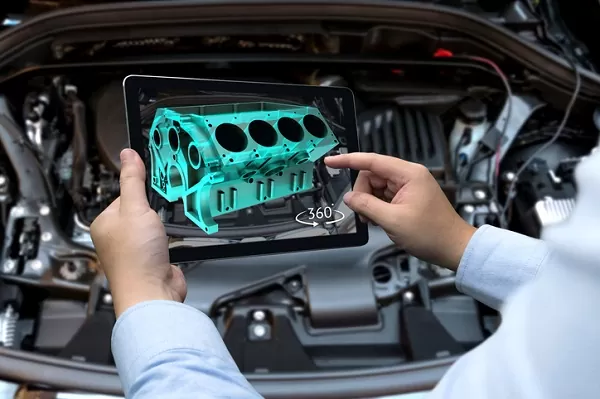The jarring experience of a car accident can leave even the most composed person feeling bewildered. In the moments that follow a collision, it’s crucial to act with precision and knowledge to ensure your safety and protect your legal rights. Whether you’ve just experienced this traumatic event firsthand, or wish to equip yourself with knowledge, the steps detailed below serve as a comprehensive guide to navigating the immediate aftermath of a car accident. Let’s delve into the meticulous process of this critical event with a clear head.
Consult a Legal Representative
This may seem preemptive, but it’s crucial to understand your rights, especially if there’s any possibility of injury or significant damage. If you’re at the scene, assess the level of damage and any potential injuries. If there are clear injuries or damage that exceeds your vehicle’s value, legal counsel is imperative. Even if no one seems hurt initially, certain injuries, such as whiplash, might manifest later. Whether Greenville Car Accident Lawyer for your accident in Greenville or a local attorney in the city/state where you had an accident, getting in touch with a legal representative can help you secure the highest possible compensation and protect your rights. Prompt legal consultation could prevent you from accepting a hasty or inadequate settlement. Legal representation helps establish fault, a critical factor in insurance claims and civil lawsuits. Moreover, insurance language and settlement negotiations are complex.
Check for Injuries
The safety and well-being of all parties involved is always paramount. Immediately after the accident, check yourself for any injuries. Keep in mind that the shock of a collision might mask pain or symptoms of injuries. Pay attention to any discomfort or unusual sensations that might indicate an underlying problem. Once you’re certain of your condition, check on those in your vehicle and any others involved in the accident. Be mindful of their safety and do not attempt to move anyone who could have a neck or back injury unless there’s an immediate danger, such as fire. If you or anyone else is injured, call for an ambulance immediately. Remember to stay calm and act deliberately through this process.
Move to a Safe Area
Depending on the circumstances, staying at the scene of the accident might put yourself and others at risk, especially if the accident occurred in a high-traffic area. If possible, move your vehicle to the side of the road, out of traffic lanes. Use hazard lights and, if you have them, set up flares or warning triangles to alert other drivers. However, do not move your vehicle if the accident involves a fatality or severe injuries without law enforcement instructions. After securing the safety of all involved, consider the on-site conditions. If there’s a risk of further collisions, such as on a blind curve or a busy highway, find a more secure area within a reasonable distance and accompany any injured parties there.
Report the Accident
The legal system and insurance claim processes hinge on proper documentation, which starts with reporting the accident to the necessary authorities. Contact the local police department or, if the accident occurs on a freeway or major roadway, call the state highway patrol. Even in minor accidents, an official police report can be invaluable for insurance claims. Immediately inform your insurance company of the accident. Early reporting doesn’t just expedite the claim process; it also prevents the insurance company from claiming that the delay in notification prejudiced their ability to investigate the claim. Accurate record-keeping and reporting can help protect your rights, especially if you’re not at fault.
Exchange Information
Gathering the appropriate information from all parties involved in the accident is vital for future insurance claims and any subsequent legal proceedings. At the very least, exchange names, phone numbers, addresses, insurance information, vehicle make and model, and license plate numbers. If there are witnesses, get their contact information as well. This is all critical for future reference should anything be disputed. Be meticulous in your records. Details might seem unimportant at the time but can become crucial in proving your case. For instance, knowing the specific time the accident occurred can be vital if the other driver tries to create an alibi.
Document the Scene
After ensuring everyone’s safety and reporting the accident, thoroughly documenting the scene helps paint a clear picture of what transpired. Smartphones are incredibly useful in this regard. Take pictures and videos of the accident scene, vehicles involved, and any relevant road conditions or weather that might have contributed to the incident. Obtain statements from any witnesses as soon as possible while the details are fresh in their minds. Their accounts can validate your claims or provide additional insight into the accident.
By diligently following these steps after a car accident, you’re preparing yourself for the insurance claim process and any potential legal actions. Furthermore, by knowing your rights and being well-prepared, you can gain peace of mind and ensure fair treatment in the sometimes contentious aftermath of a vehicular collision. Safety and justice stand as the dual pillars of post-accident protocol, and your measured response can play a decisive role in upholding them.






